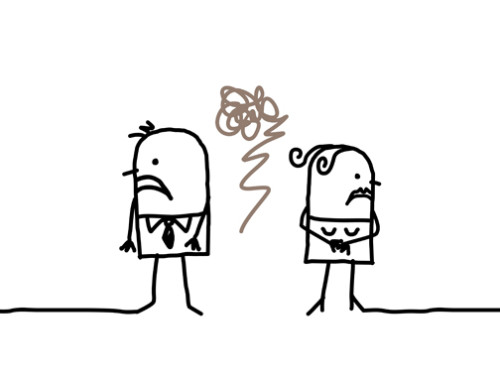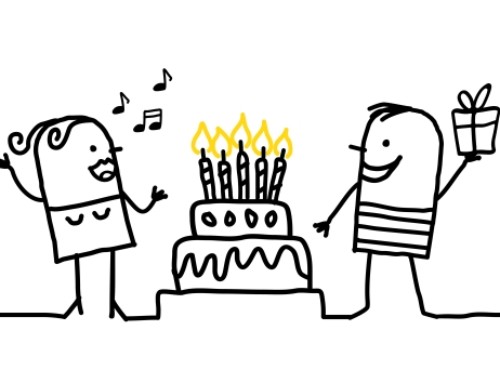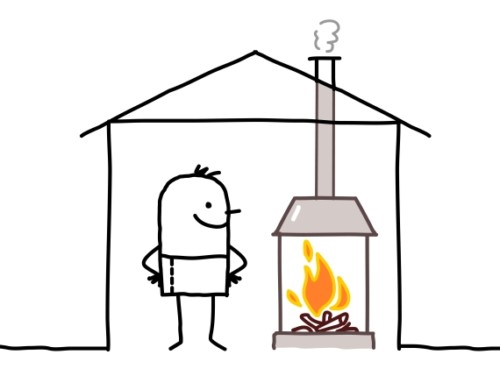In this article, I will discuss steps which partners in a relationship can take to remain faithful to each other.
Estimated reading time: 5 minutes.
In my last article, I discussed steps couples can take to heal in the wake of an affair in their relationships. Part of the challenging work of rebuilding trust typically involves taking steps to prevent further breaches of trust. In that regard, it is reasonable for the hurt partner to consider that if their partner was unfaithful to them already, why could it not happen again?
In this article, I will discuss steps couples can take which can significantly reduce the likelihood of a further breach of trust. Although most of the work on these steps is done by the partner who has been unfaithful, both partners are active participants in this process.
In addition to fostering healing and rebuilding trust after an affair has occurred, these steps can also be taken proactively to prevent affairs occurring in the first place. In the following sections, I will discuss these steps.
The circle model: A framework for understanding and addressing problematic behaviour patterns
I use the circle model to help clients whose goal is to reduce or eliminate behaviours which are having negative effects on their lives. In this instance, the problematic behaviour is being unfaithful or having an affair.
The model helps clients to gain an understanding of the causes of their behaviour. It also provides directions for steps clients can take to address their behaviour.
The first step in using the model: Draw three circles and four quadrants
I introduce the circle model to clients by drawing three circles on a blank sheet of paper. I start with the small ‘inner circle’ in the middle of the page. Surrounding the inner circle is the ‘middle circle’. Then outside of the middle circle is the ‘outer circle’. Then I draw a vertical and horizontal line down the middle of the page so that there are four quadrants.
The second step: Label the three circles and the four quadrants
I then label the three circles and the four quadrants. The small inner circle refers to the behaviour whose frequency you want to reduce. In this instance, the inner circle refers to having an affair or being unfaithful.
The larger middle circle surrounding the inner circle contains factors which increase the likelihood that you will choose to engage in the inner-circle behaviour. These represent risk factors for the inner circle behaviour.
The outer circle which surrounds the middle circle contains factors which decrease the likelihood that you will choose to engage in the inner-circle behaviour. These represent low risk factors for the inner circle behaviour.
The four quadrants refer to four categories of middle and outer circle factors: Situations, behaviours/activities, emotions and thoughts. The middle circle contains situations, behaviours/activities, emotions and thoughts which increase the likelihood that you will choose to engage in the inner-circle behaviour. The outer circle contains situations, behaviours/activities, emotions and thoughts which decrease the likelihood that you will choose to engage in the inner-circle behaviour. The situations quadrant is in the top left of the page, the behaviours/activities quadrant is in the top right, the emotions quadrant is in the bottom left and the thoughts quadrant is in the bottom right.

The third step: List middle- and outer-circle factors in each quadrant
I next ask my clients to list middle- and outer-circle factors in each of the four quadrants. I will illustrate this process by using being unfaithful/having an affair as the inner-circle behaviour.
First are examples of middle circle factors in each quadrant:
(1) Situations—being alone at a restaurant in the evening with someone other than your relationship partner; having phone calls, email conversations or text message exchanges with someone other than your relationship partner;
(2) Activities—using flirtatious language with someone other than your relationship partner;
(3) Emotions—feeling lonely and bored;
(4) Thoughts–thinking about the excitement and pleasure of becoming involved with someone other than your relationship partner.
Now here are examples of outer circle factors in each quadrant:
(1) Situations—having others around when you are talking with someone other than your relationship partner; interacting with someone other than your partner in a non-romantic setting and time of day;
(2) Activities—avoiding flirtatious language with someone other than your partner;
(3) Emotions–feeling connected, appreciated and engaged/interested;
(4) Thoughts–thinking about the costs of becoming involved with someone other than your partner; thinking about the attractive parts of your relationship with your partner and the benefits of staying faithful to them.
The next steps: Use the information from your completed model to address your problem behaviour
Once you’ve listed several factors in the middle and outer circles in each of the four quadrants, you are ready to use the information from your completed circle model to address your problem behaviour of being unfaithful/having an affair. To do this effectively, focus on two goals:
(1) Spending as much time in the outer circle as possible and as little time in the middle circle as possible;
(2) When you find yourself in the middle circle at a given time, identify steps you can take to move from the middle circle to the outer circle rather than from the middle circle to the inner circle.
For example, you could spend as much time in the outer circle and as little time in the middle circle as possible by doing the following:
(1) Having others around when you are talking with someone other than your relationship partner; interacting with someone other than your partner in a non-romantic setting and time of day;
(2) Avoiding flirtatious language with someone other than your partner;
(3) Taking steps to feel feeling connected, appreciated and engaged/interested rather than feeling lonely and bored;
(4) Thinking about the costs of becoming involved with someone other than your partner; thinking about the attractive parts of your relationship with your partner and the benefits of staying faithful to them rather than thinking about the excitement and pleasure of becoming involved with someone other than your relationship partner.
Steps you can take to move from the middle circle to the outer circle rather than from the middle circle to the inner circle include the following:
(1) If you are in a middle circle situation, move to an outer circle situation (e.g., if you are currently alone with someone other than your partner, limit your time in this setting and try to have others around you);
(2) If you are currently engaging in a middle circle behaviour or activity, stop doing this and engage in an outer circle behaviour or activity (e.g., if someone other than your partner uses flirtatious language with you, do not respond in kind;
(3) If you are currently experiencing one or more middle circle emotions, take steps to help you experience outer circle emotions (e.g., if you are currently lonely and bored, address these emotions in a constructive way rather than alleviating them by becoming involved with someone other than your partner);
(4) If you are currently thinking middle circle thoughts, think instead of outer circle thoughts (e.g., if you are currently thinking about the excitement and pleasure of becoming involved with someone other than your relationship partner, think instead about the costs of becoming involved with someone other than your partner and think about the attractive parts of your relationship with your partner along with the benefits of staying faithful to them).
The more you practice using the circle model in this way, the more you will make choices which will allow you to stay faithful to your partner and avoid becoming involved in an affair. You may find it helpful to work with a psychologist who can help you to implement the ideas from this article.
May you and your partner take steps to remain faithful to each other,
-Dr. Pat





Leave A Comment